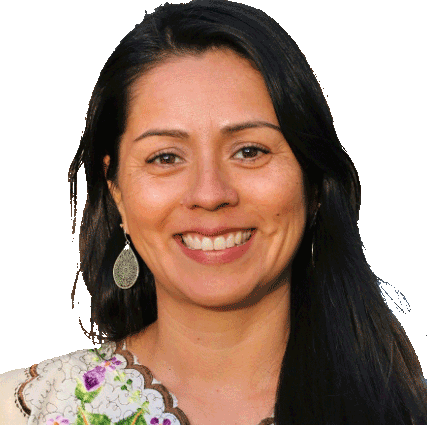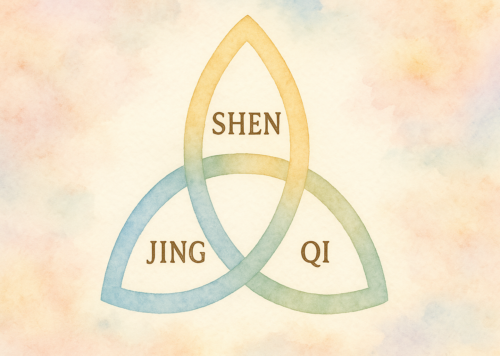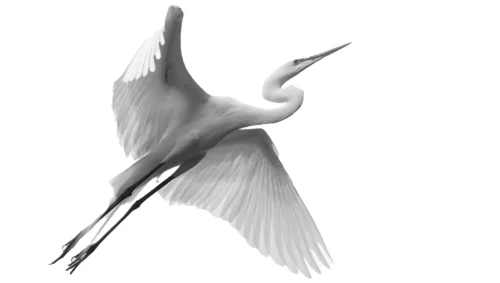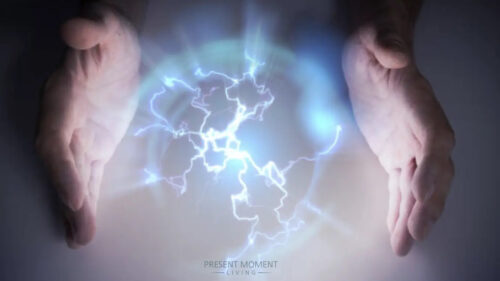A few years ago, I had a moment that changed my relationship with emotions forever.
I was driving on an ordinary day. I can’t remember where I was headed, but something unexpected caught my attention—a feeling. It was subtle at first, like a soft glow inside my chest. Curious, I focused on it. This feeling wasn’t confined to my chest—it was expansive, filling my whole body. And then I realized I had a small smile on my face.
I was experiencing joy.
The realization hit me hard. At that moment, I fully understood joy wasn’t something I was used to feeling. Tears welled up, not just because I was happy, but because I was overwhelmed by how foreign the feeling was. Why was joy so foreign to me? Why did it feel like a stranger in my own heart?
As the tears subsided, I started to reflect. I thought about all the emotions I did feel regularly—anger, anxiety, frustration, fear. They felt so familiar, so automatic. But joy? That was something rare, something just plain strange.
And then it struck me: What if emotions are like skills?
Practicing Emotions: A Paradigm Shift
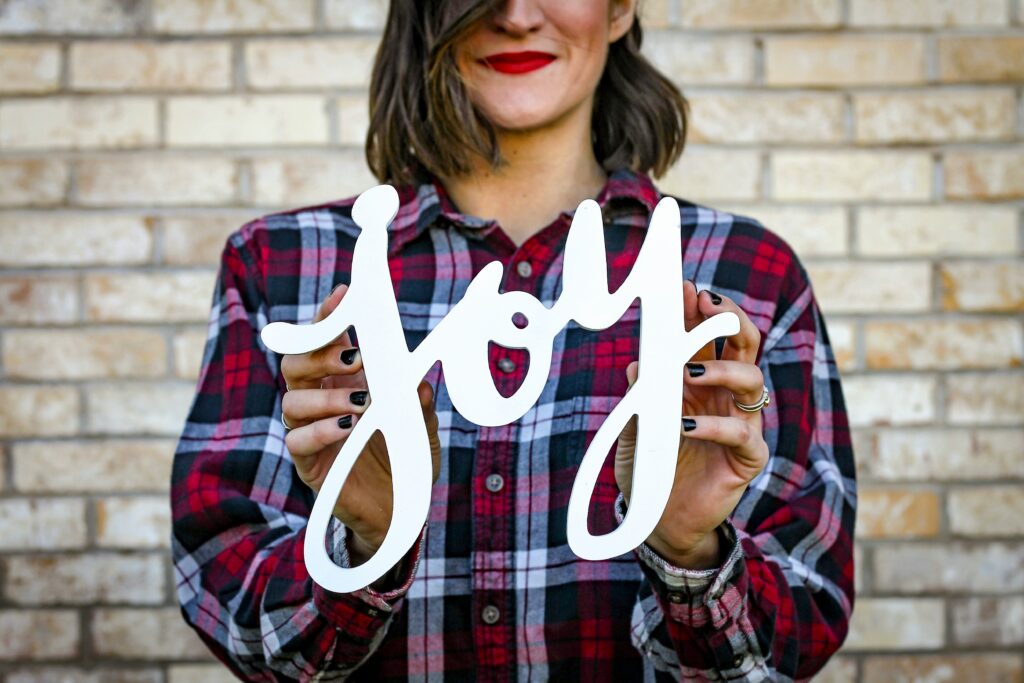
Think about it—skills like playing an instrument or cooking improve with practice. The same could be true of emotions. Without realizing it, I had spent years “practicing” anxiety, fear, and frustration, reinforcing those neural pathways. Joy, on the other hand, had been left unpracticed, relegated to an occasional visitor instead of a daily habit.
This shift in perspective was empowering. If emotions are skills, I could choose to nurture joy. I didn’t have to remain stuck in old patterns..
From Awareness Springs Joy

From that day forward, I made a conscious effort to bring joy into my awareness. No, I couldn’t summon it on command—but I realized I could intentionally create conditions that invited it in. This practice became about noticing and amplifying the small, joyful moments in daily life—like the way sunlight filters through the trees or the laughter shared with a friend. I sought out activities that naturally sparked joy, whether it was dancing to my favorite song, taking a walk in nature, or savoring a delicious meal.
By pausing to appreciate these moments fully, I was training my mind to recognize joy as it arose, however fleeting it might seem. Over time, this mindfulness began to shift my default focus from stress or worry to one of curiosity and openness. I started to see joy not as a destination but as a state that could weave itself into the simplest of experiences when I made space for it.
This process wasn’t about perfection; there were days when joy felt out of reach. But just knowing I could choose to look for it—even in small, subtle ways—was a profound shift that opened the door to a more fulfilling emotional landscape.
Transformation into Joy
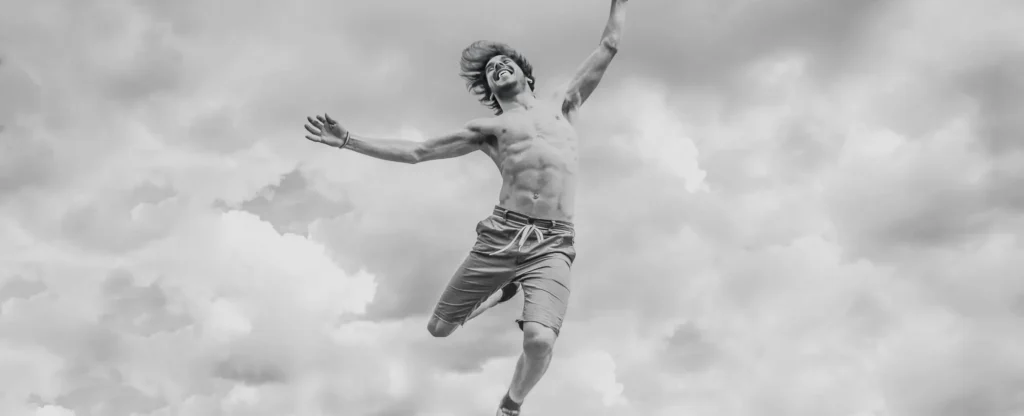
Over time, something truly transformative happened: joy became less of a rare visitor and more of a steady presence in my life. It no longer felt elusive or fleeting but instead began to feel familiar, like an old friend who was always nearby, waiting to connect. The effort I had put into seeking out and nurturing joyful moments had rewired how I experienced the world. What once felt foreign now felt natural—a shift that opened my heart and my life in ways I hadn’t anticipated.
Now, as I write this, I find myself smiling and even dancing to music—a spontaneous celebration of the joy I’ve cultivated. This isn’t just a passing moment of happiness; it’s a reflection of the work I’ve done to make joy a core part of who I am. Joy has become a skill, a practice, and ultimately, an integral part of my being.
This journey reminds me that joy isn’t something we stumble upon by chance; it’s something we can intentionally build and deepen. It’s an ongoing process, one that grows stronger each time we invite it in, recognize it, and allow it to thrive within us. And for that, I am endlessly grateful.
An Invitation to Joy
So, I invite you to ask yourself: What emotions are you “skilled” at? Are those the emotions you want to feel most often? Or are there others—like joy, peace, or appreciation—that you’d like to cultivate instead?
If emotions are skills, we hold the power to shape our emotional landscape. By practicing and inviting in the emotions we want, we can transform our inner world.
I’d love to hear how this experiment goes for you. What emotions will you choose to master?

